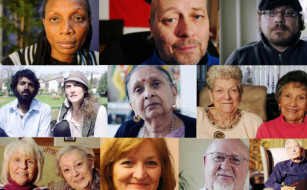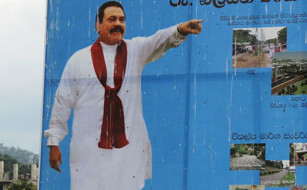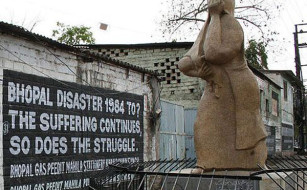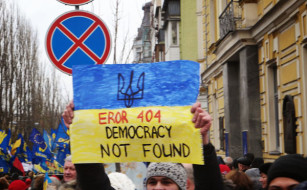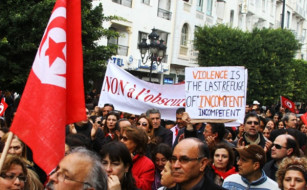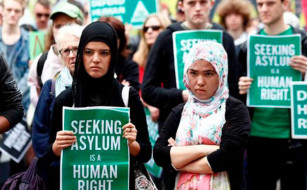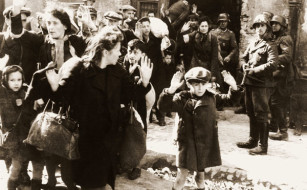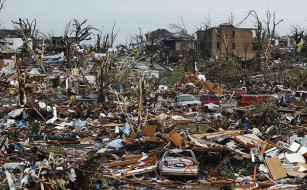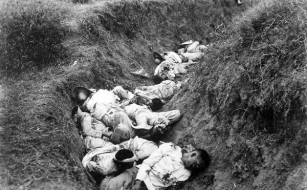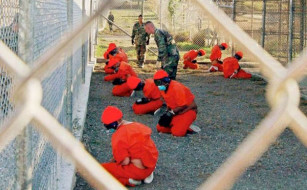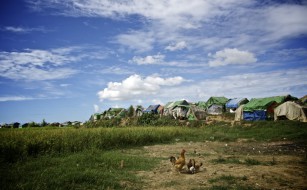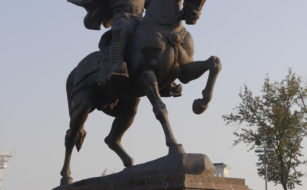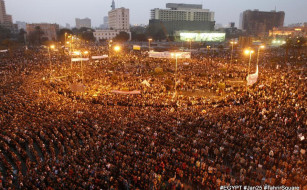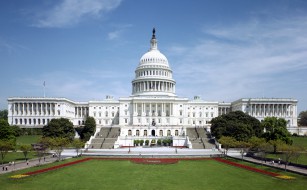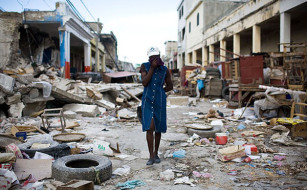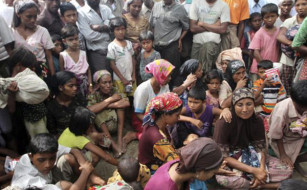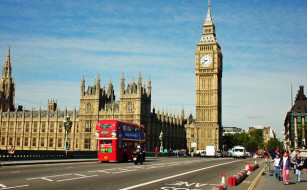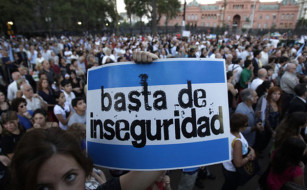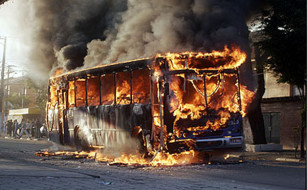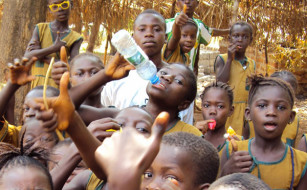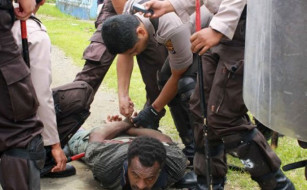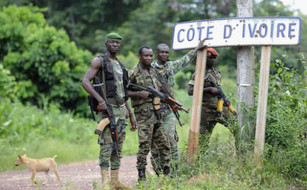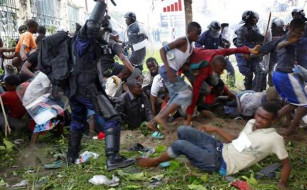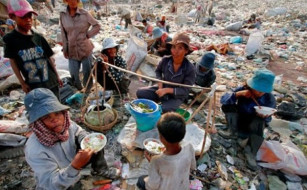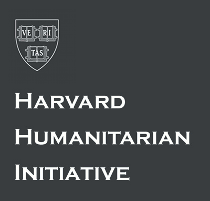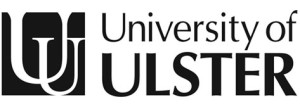COVID-19 and State Crime in Latin America
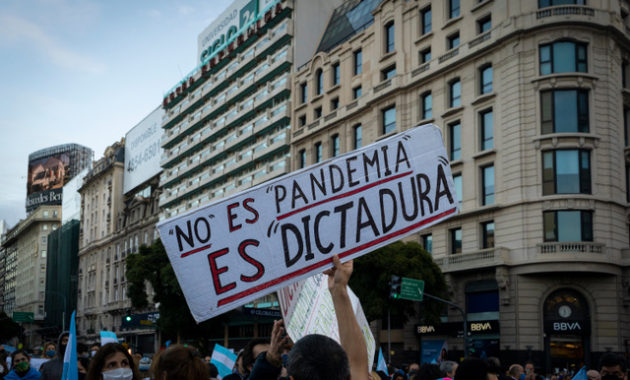
by Dr Thomas MacManus and María Barraco
ISCI Interns at Queen Mary University’s School of Law have developed the COVID-19 and State Crime in Latin America Project, which provides country profiles with analysis of the multiple ways in which Covid emergency measures have been exploited to formalise and normalise human rights violations, expose pre-existing state crime and display criminal government negligence. The work is part of the QMUL’s Covid-19 and State Crime Project. These country profiles provide an overview of the state of national health systems and violations of human rights. The articles also outline the impact of Coronavirus on the population and how the government intends to address the economic meltdown (and/or any other significant consequences). They can be read in conjunction with the work of Prof Neve Gordon and Prof Penny Green here and the Special Issue of State Crime Journal on the Covid-19 Pandemic and State Crime (Vol. 10, No. 1, 2021 – Open Access).
Latin America is, of course, not a homogeneous region and the COVID-19 pandemic has affected countries in a variety of disparate ways. However; there are common pre-existing structural problems in the region, including: poverty, inequality, economic and social crises, political instability (especially in Venezuela, Chile, Bolivia and Ecuador), and gender-based violence. Many states have also had longstanding issues with a concentration of power in the Executive, or issues with the division of state power, which have paved the way and created space for the commission of state crime without constitutional oversight. Our research has revealed that there were two main civil and political rights violated in every state examined: freedom of expression and the right to assembly and protest. The Inter-American Court of Human Rights considers both rights to be ‘cornerstones’ of democratic societies. Violations on economic, social and cultural rights are triggered in the region mainly by corruption. The Uruguay case is notable, as it demonstrates a more than adequate state response to the pandemic. However, the fact that Uruguay has problems with violence against women and a serious lack of data (which is related to the right to access to information) demonstrates that these two issues continue to be very challenging in the Latin-American region.
On Mexico; Nina Prusac explains how decades of systemic corruption has led to crisis in Mexico’s healthcare system, now exacerbated by the pandemic. A new militarized National Guard (NG) has been charged with the implementation of Covid-19 government regulations, leading to a deepening of securitisation of Mexican society. As with other regions, the pandemic is having a disproportionate impact on the poorest and most vulnerable. Furthermore; during the pandemic, women in Mexico have been exposed to a disproportionate amount of work contributing to further gender inequality in the country.
Alice Cropper and María Barraco look at how the pandemic has severely impacted Argentina, which has one of the highest incidence of COVID-19 cases, along with one of the longest and strictest quarantines – measures that were introduced by presidential decrees, in an environment where the judiciary and legislative power were not functioning. Rights which were significantly impacted in Argentina include: the right to freedom of movement, the right to freedom of expression, the right to access to justice, the right to education and the right to food.
Dealing with the case of Colombia, Mathilda Lorkin focuses on the impact on human rights during the pandemic. There has been a severe repression of protests by the Colombian police, including a case where 24 prison inmates were shot during a riot in La Modelo jail in Bogotà. Prisoners had been protesting the overcrowded nature of the prison system, which allowed for the fast spread of virus. The poorest, especially informal workers, have suffered disproportionately in Colombia, and 90% of indigenous people in Colombia work informally. There is also a lack of care for Venezuelan migrants as the Colombian authorities prioritised food distribution to their own citizens. The Amazonian forest has experienced increased mining and logging due to less surveillance by civil society, exposing indigenous people to further harm.
Jenna Ruberti and Lena Wammer Østgaard‘s article on Uruguay looks at the actions of President Luis Lacalle Pou, who had been in office for less than two weeks when the pandemic hit and declared a health emergency and introduced measures to contain the spread of the virus. Uruguay’s government appears to have been able to roll out necessary and proportionate measures in response to the COVID-19 crisis. However, violence against women remains an issue in Uruguay, and there has been a worrying increase of calls recorded on gender-based violence helplines since the beginning of the pandemic.
For Paraguay, again by Lena Wammer Østgaard and Jenna Ruberti, we see an example of good pandemic management in Latin America. By 20 March 2020, the country was in a full lockdown and military-run shelters were set up for those entering the country. There has been, however, a struggle between the overall objective of containing the spread of the virus and the protection of individual rights. The conditions in the quarantine shelters are less than adequate. Furthermore, the government has been criticized for not providing income support to citizens during lockdown. This is particularly protracted for the more than half of Paraguay’s workforce, who are employed in the informal economy.
Laura Disley writes on Ecuador and highlights how the healthcare system was likely doomed to fail even with advanced knowledge of the pandemic, as the sector has been severely underfunded for some time. Described as the ‘epicentre’ of the pandemic in Latin America, Disley’s article tells a grim story of the failures of dealing with a disease that the Argentinian state saw coming. The most vulnerable groups have included public health servants (approx. 10% of total infections), public forces and prison guards. Ecuadorian women, who endure higher unemployment rates and less pay when in workplace, were disproportionately affected by the onset of the COVID-19 pandemic. There is now a very real risk of 800,000 people being pushed into extreme poverty. The few positive measures that had been put in place by the government have now been tarnished with corruption and delays.
Links to articles on Latin American Countries:
See country profiles beyond Latin America.



